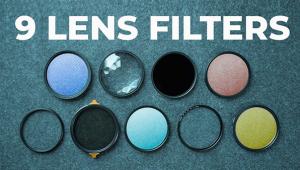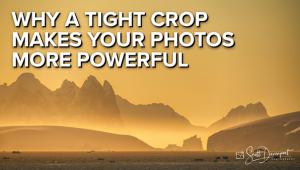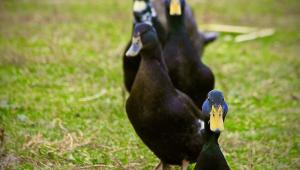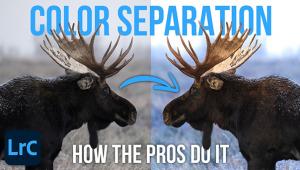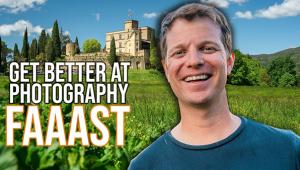Want Landscape Photos with Magical Light? Do it Like This (VIDEO)
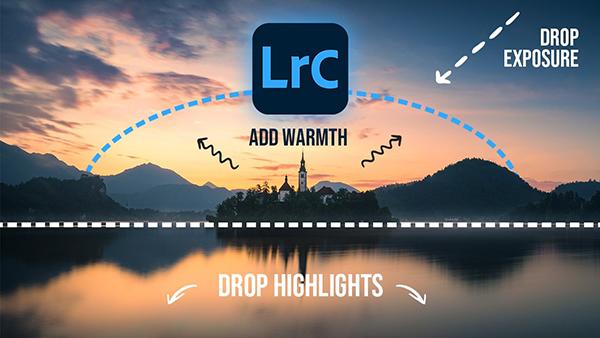
If you're looking for a post-processing technique that will take your landscape photos to the next level, this Lightroom tutorial from the PHLOG Photography YouTube channel is exactly what you need. You'll learn how to create "magical light" and introduce vibrant colors so that your images seem to jump off the screen.
Instructor Christian Mohrle is a professional photographer based in Germany and an image-editing expert whose thorough shooting and editing videos are among the most popular we post. As always, you can download his demonstration Raw file with a link beneath the video and make the changes yourself as they're explained.
Mohrle's standard practice is to make several basic adjustments to the image as a whole, to better prepare it for the selective enhancements that follow. The first step for this bright contrast-rich scene is to change the profile from Adobe Color to Adobe Standard which immediately reduces contrast.

The darkest areas are brightened further by carefully opening up shadows "without going too crazy" and increasing the blacks in tiny increments. He then drops highlights to introduce more detail in the sky and modifies Color Temperature to fix an unwanted blue cast while warming up the shot. Other global adjustments include boosting Texture and Dehaze to sharpen up details and make the photo a bit clearer.
The fun part of the edit now begins with a variety of selective (or "local") enhancements to different areas within the frame and Mohrle accomplishes this with a bunch of masks. He begins with a Color Range mask targeting the sky. The goal here is to make the top of the sky darker with a simple vignette effect.
Mohrle then uses a Radial Gradient to refine his adjustments in different areas of the sky, and he makes sure that none of his color and exposure enhancements affect lower portions of the shot. He carefully rotates this gradient so that it matches the direction of ambient light.

At this point you're only halfway through the transformation which includes other simple masks. You'll also learn the concept of intersecting a mask, and how this technique affects the overall appearance of the shot.
The image is significantly improved once the the masking is finished, but Mohrle has a few more tricks up his sleeve before these impressive transformation is complete. The include thoughtful color grading and a bit of judicious sharpening
Take a look at Mohrle's before/after images and you'll be very impressed with this simple edit. Then head over to the PHLOG Photography YouTube channel where you'll find many more shooting and editing lessons that work wonders for beginning and experienced outdoor photographers alike
And don't miss the tutorial we featured recently with another top pro who demonstrates how to capture sharp handheld photographs in low light or when using a long telephoto lens.
- Log in or register to post comments






